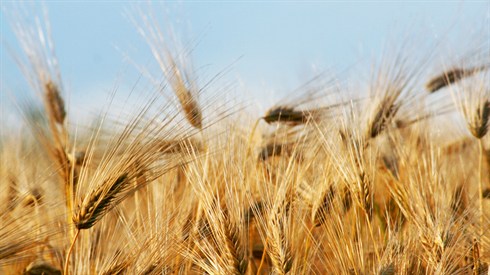- Sections
- Parashat Hashavua
- Torah Portion and Tanach
- Bamidbar
21
The most obviously significant characteristic is that the center of the encampment was the Mishkan, with its Divine Presence, and the Levi’im, the nation’s spiritual leaders. This set the tone for the encampment and ensured that all of the tribes were essentially equidistant to the place of national service of Hashem.
The encampment was broken up into four groups of three tribes each, with a lead tribe, in the four directions (Bamidbar 2:1-54). The groups were: Yehuda, with Yissachar and Zevulun, to the east; Reuven, with Shimon and Gad, to the south; Ephrayim, with Menashe and Binyamin, to the north; Dan, with Naftali and Asher, to the west. Ibn Ezra (ibid. 1:19) explains the significance of these groupings. They were, basically, according to the various matriarchs of Bnei Yisrael: Leah, Rachel, Bilha and Zilpa. This needed slight adjustments, as we will spell out. While Leah had six sons, which would seem to make two groupings, Levi was "lost" to the realm of the center-Mishkan region. So, while Yehuda was with two full brothers, Reuven "adopted" half-brother Gad, the first born of Zilpa, who was Leah’s maidservant, and whose children gravitated toward Leah’s children. This was followed by Rachel’s sub-encampment. Her firstborn, Yosef, was awarded two tribes, with the more prominent one, Ephrayim’s tribe, being the leader of Menashe and Rachel’s second son, Binyamin. Finally, Dan, the firstborn of the sons of the maidservants, led the final grouping with Naftali and Asher, after Gad was "elevated" to the Reuven group.
Hagut B’Parshiyot Hatorah posits a practical and straightforward idea to explain the logic of the groupings – it was for unity’s sake, to keep together populations that were most likely to get along. This thesis may teach us something important about unity. While ideal unity entails getting close to those with whom he is least likely to be close, practical steps for unity and peace call for people’s closest association being with those with whom they are most likely to cooperate well and less contact with those with more challenging relationships.
While Ibn Ezra suggests that the most prominent encampment was that of Reuven (which is presented first in Bamidbar 1:20-40), the more accepted approach is that Yehuda’s grouping was the most prominent. It is they who were the first to travel, and they are mentioned first in Bamidbar 2. Oznayim Latorah is one of the commentators who highlights the special characteristics of these tribes. Yehuda were the warriors and political leaders; Yissachar were the Torah scholars; and Zevulun were the businessmen who supported Yissachar’s Torah study efforts. This indeed has been a winning combination in successful times in our nation’s history. When such people work together properly, the question of who is first and who follows is not a divisive issue, as each has a sacred and crucial role in the sacred joint effort.

Parashat Hashavua: Counting and Soldiers – Then and Now
Rabbi Yossef Carmel | Adar 5785

Why Do Children Start With Vayikra?
Rabbi Shaul Yisraeli zt"l | 5771

The Power of Unity
Rabbi Shaul Yisraeli zt"l | Shvat 16 5777

Parashat Hashavua: A World of Repairing
Rabbi Yossef Carmel | Adar 5785

Pirkei Avot between Pesach and Shavuot
Rabbi Berel Wein | 5769

Roots
Rabbi Yerachmiel Yaakov Duschinsky zt"l | 5772

“Ba’omer” or “La’omer”?
Rabbi Daniel Mann | Iyar 4 5777






